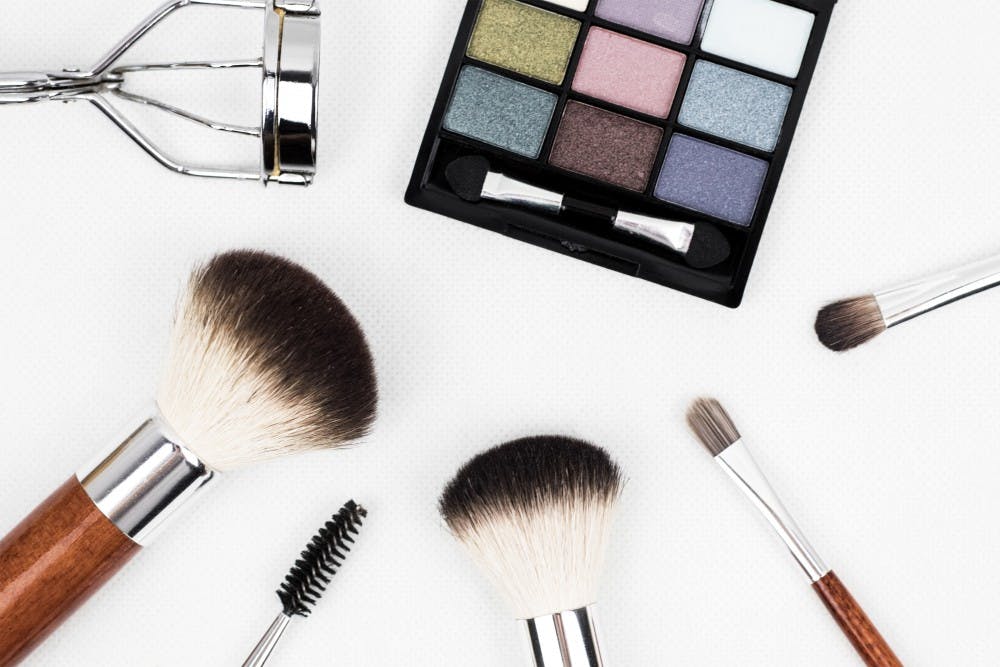Though the #nomakeup trend is alive and well today, it’s still rare to find people without a daily makeup routine or (at least) a three–step skincare regimen. New personal care products are put on the market every day, all with the promise of beautifying results. I almost never hesitate to try a new facial cleanser advertising clearer skin or a new mascara promising longer, fuller lashes. We all want to look and feel our best, but at what cost? While beauty companies are promising us fresh faces and de–frizzed hair, they neglect to tell us what ingredients actually give us these results.
The United States has very little regulation of cosmetic products compared to other countries. The European Union has banned and restricted the use of close to 1,400 chemicals in cosmetics and Canada has banned around 600, while the United States has only banned the use of 12. The last time major legislation was passed to regulate the ingredients used in cosmetics was in 1938. With current FDA regulation, cosmetic companies ensure their products’ own safety and are not required to report their safety information. This gives cosmetic companies the ability to cut corners when testing their products for harmful chemicals. As a result, many ingredients in personal care products have ties to cancer, organ toxicity and liver damage.
Now that this information has been publicized, different resources have become available to consumers who have concerns about the toxins in their cosmetics. The Environmental Working Group has a database of information on hundreds of cosmetic companies and products with safety ratings for each. This is a useful resource for anyone interested in learning about the ingredients in their personal care products and the possible effects of those ingredients.
As concern about cosmetic safety has grown, many companies have launched lines of organic makeup products. RMS Beauty and Ilia are both organic, toxin–free makeup brands that are sold at Sephora. Another option is BeautyCounter, which is a company devoted to the use of safe ingredients. The company has banned the use of over 1,500 chemicals in their products and even published a Never List of chemicals that should be avoided in all cosmetics. BeautyCounter sells a wide variety of personal care products all with the promise of higher safety standards. Safecosmetics.org also has a handy info chart that tells you what ingredients to avoid when shopping for beauty products.
So, the real question becomes: What do we do with all of this information? Most likely, nothing. It is extremely difficult to avoid all products with potentially “toxic” or “harmful” ingredients these days. Like hell if I’m going to stop highlighting my hair or polishing my nails, and I sure don’t plan on throwing away all the cosmetics I’ve ever purchased. When I searched my Redken Color Extend Shampoo on the EWG database, I learned it was considered a high–risk product, but I continue to wash my hair with it anyways. This information, though, brings awareness to the risks we take when we choose to use cosmetics with potentially harmful chemicals. If you feel so inclined, swap out your harmful products for all–natural ones. Or, continue on. I probably will. The choice is yours.







